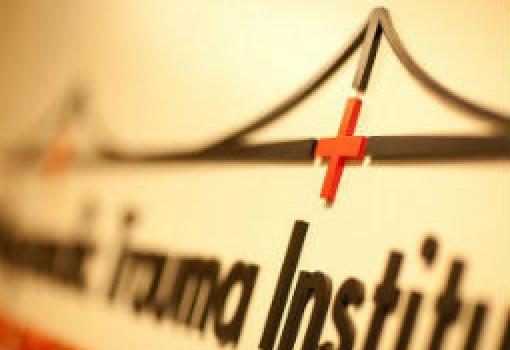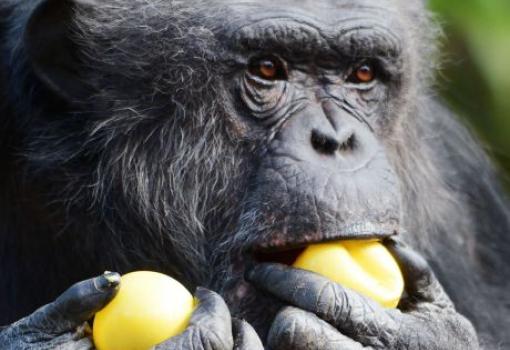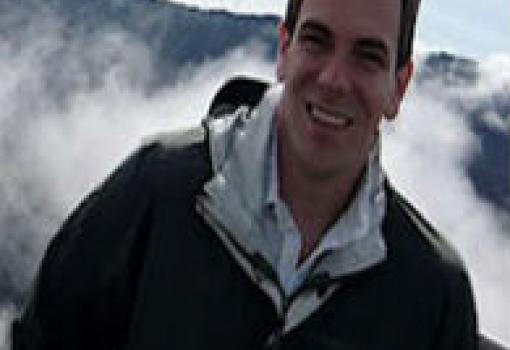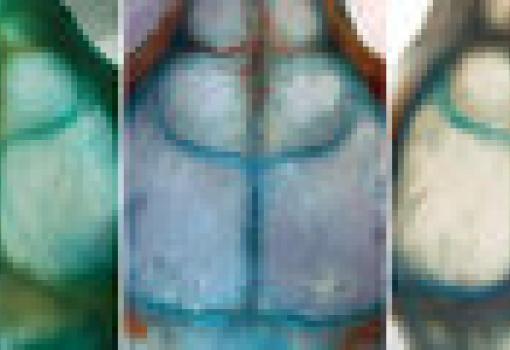Young Laboratory for Evolutionary Anatomy (LEA)
2540 23rd Street,
Bldg 7, 3rd Floor, Rm 3110
San Francisco, CA 94110
Front Desk: 415-476-2124
Follow Nathan on Twitter/X
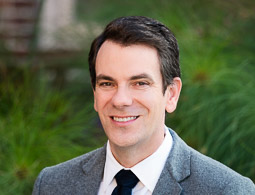
The Laboratory for Evolutionary Anatomy (LEA), located in the Orthopaedic Trauma Institute (OTI) at ZSFG’s new Pride Hall, is directed by Dr. Nathan M. Young, Ph,D., and has three research foci: (1) characterizing phenomic variation in human evolution, health, and disease, including clinical & disease correlates of shape, predictive medicine, 3D medical imaging, geometric morphometrics and shape analysis; (2) the evolution & development of the skeleton, including craniofacial and postcranial traits, skeletal development and growth, genotype-phenotype maps, and evolvability; and (3) human and ape evolution, including craniofacial and postcranial adaptations, primarily the face and shoulder.
The LEA research program seeks to address basic biomedical questions through the lens of evolution by incorporating the concepts of variation, functional compromise, and historical constraint as fundamental explanatory principles. The LEA combines classical embryology in a range of model (mouse, chicken) and non-model (e.g., human, turtle, alligator) systems with modern genetic tools and advanced methods for quantifying and comparing phenotypes at a range of scales. This approach yields significant insights into not only the processes that contribute to evolutionary diversity among species, but also how individual differences ranging from normal to disease states are generated. Research investigations include both normal mechanisms of development as well as the etiology of structural birth defects, and is relevant to longstanding goals of providing personalized and predictive medicine.
A highlight of the LEA’s research program from 2023 included a collaboration with Queens University (Ontario, Canada) to develop tools to better visualize and quantify range of motion in the shoulder of humans and closely related living primates from in silico modelling, with a proximate goal of better predicting function and behavior in fossil hominins such as Australopithecus, our extinct relatives (Lee, Young, Rainbow, 2023 Proc Roy Soc B). Further refinement of this approach aims to not only illuminate the evolutionary history of the human shoulder and its relation to changes in locomotion (see Williams et al., 2023; Young, 2023), but how function has changed over time, and may lead to compromises that affect performance and disability in living humans.
Additional collaborative research, particularly with the University of Calgary, is focused on characterizing development of the face and primary palate and the role of the brain in orchestrating normal and abnormal outcomes (e.g., see Richbourg et al., in press). Current focus of this research builds off of extensive developmental data generated from the lab’s previous funding, R56DE029124 “A Predictive Developmental Morphospace Model of Cleft Lip”, and is the basis for an R01 grant submission in collaboration with Ralph Marcucio (OTI), entitled “Illuminating the Role of Brain-Face Interactions in Cranial Development”, and served as preliminary data for postdoc Zuzana Vavrusova’s successfully funded F32 grant.
2023 Publications of Note:
Lee ECS, Young NM, Rainbow MJ. 2023. A comparative approach for characterizing the relationship among morphology, range-of-motion, and locomotor behaviour in the primate shoulder. Proceedings of the Royal Society: Part B Biological Sciences 290(2009): 20231446.
Williams SA, Russo GA, Prang TC, Young NM, Gebo DL. 2023. African apes and the evolutionary history of orthogrady and bipedalism. Yearbook of Biological Anthropology, 181(S76): 58-80.
Hallgrímsson B, Aponte JD, Vidal-Garcia M, Richbourg H, Green R, Young NM, Cheverud JM, Calof AL, Lander AD, Marcucio RS. 2023. The Developmental Basis for Evolvability. In: Evolvability: A Unifying Concept in Evolutionary Biology (DH Thomas, TF Hansen, M Pavlicev, C Pélabon, editors), pp.171-198. Boston, MA: MIT Press.
Richbourg HA, Vidal-Garcia M, Brakora KA, Devine J, Takenaka R, Young NM, Gong S-G, Neves A, Hallgrímsson B, Marcucio RS. in press. Dosage-Dependent Effects of FGFR2W290R Mutation on Craniofacial Shape and Cellular Dynamics of the Basicranial Synchondroses. Anatomical Record.
Additional LAB Output:
Seminar: ”Journeys through Morphospace: Explorations in Development and Evolution”. New York University, Center for the Study of Human Origins (CSHO). September 28, 2023.
Young NM. 2023. Hominoid shoulder ancestral states and evolutionary rates estimated from chronophylomorphospace reconstruction. American Association of Biological Anthropologists.

